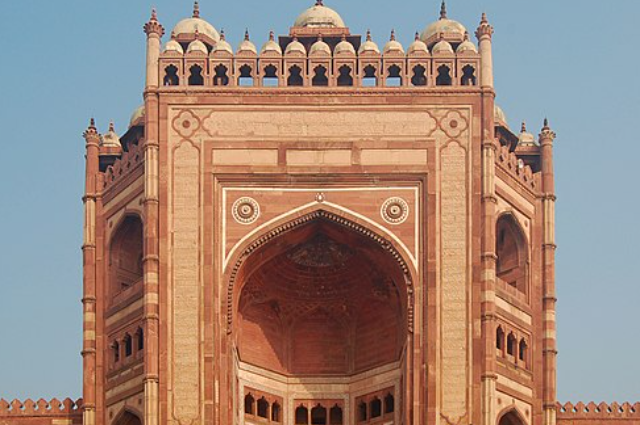
The history of India is as old as thousands of years, with the layers of dynasties, empires, and civilizations. A portion of this history remains in monuments and manuscripts, but a great part of it has been lost in silence - cities that used to be a centre of culture, commerce, and learning are now mounds of rubble or have entirely disappeared. These lost cities are not an ordinary archaeological site; it is rather a time capsule of how our forefathers lived, ruled, and perceived the world. The discovery of them is as much like the rearrangement of a puzzle of the forgotten glory of India.
Dwarka: The Sunken City of Krishna
Dwarka was the most mythic of the lost cities of India, and supposedly, it was the kingdom of Lord Krishna. It is referred to in ancient scriptures as a splendid city with golden palaces, broad streets, and busy harbours. It was treated as a myth centuries before it was found by marine archeologists in the 20th century, as they found submerged structures off the coast of Gujarat. The sea had found pillars, walls, and stone anchors, indicating that there must have been a port city there thousands of years ago.
The identity of these ruins as the Dwarka of Krishna is still a matter of controversy, although their discovery erased the distinction between myth and fact. To believers, it restores the facts about the epics; to historians, it confirms that the civilizations of the coastal areas of India were much more sophisticated than was thought before. Dwarka also makes us remember that in some cases, myth can be nothing but history that needs to be rediscovered.
Vijayanagara: City of Victory
The capital of the Vijayanagara Empire (in modern-day Karnataka) in the 14th to 16th centuries was once one of the richest cities in the world. Portuguese and Persian travelers referred to it as larger than Rome, whose markets abounded in jewels, whose temples were filled with music, and whose streets were teemed with world merchants. The city thrived as a center of art, architecture, and spirituality.
But it was destroyed and abandoned after the Battle of Talikota in 1565. Its ruins remain today in Hampi, the enormous stone temples, the elephant stables, and the great bazaars, scattered about a fantastic landscape of boulders. Carding from Hampi is similar to strolling a ghost of prosperity in which every cut stone murmurs the tale of a town that used to make South India outshine during its golden age.
Mohenjo-Daro and Harappa: The Indus Valley’s Forgotten Marvels
Harappa and Mohenjo-Daro are not in the territory of modern India (they are in Pakistan); however, these two cities belong to the same ancient Indian subcontinent heritage. These cities are part of the Indus Valley Civilization (2500-1900 BCE), and emphasize the sophistication of these cities to historians. They possessed improved drainage systems, grid-patterened streets, granaries, and even public baths- something that many later civilizations failed to match.
The mystery surrounding their disappearance is the unexplained question of why they declined. Climate change, river shifts, or invasions? No one knows for sure. Their ruins bring us to mind a neat civilization in accord with the planning of cities, technology, and social arrangement- a vision that is still motivating in the current disorganized urban world.
Fatehpur Sikri: The Emperor’s Abandoned Dream
Constructed in the sixteenth century by Emperor Akbar, Fatehpur Sikri in Uttar Pradesh was a glorious capital, which could have been exemplified with red sandstone palaces, mosques, and courtyards that exhibited the splendour of the Mughal Empire. It is in its very essence the center of one of the strongest empires in the world, which lasted almost 20 years. However, it was abruptly discarded; some say it was because of water shortage, others say it was because of political pressures.
The city is today well-preserved as though time had frozen there. Strolling through Buland Darwaza or the Panch Mahal makes one feel like he/ she is in the city of perfection, as envisioned by Akbar. Fatehpur Sikri does not sink or get buried like many other lost cities; it simply sits and stands to remind us of the temporality of power and ambition.
Conclusion
India does not need to be mentioned by name; the ruins of the lost cities constitute reminders of the strength of the human spirit, its ingenuity, and its transience. Dwarka is a blend of mythology and archaeology, Vijayanagara is a wakeup call on how great visions become forgotten, Harappa and Mohenjo-Daro are a reminder of the ancient genius, Fatehpur Sikri is a warning that the greatest visions can be forgotten, and that of all cities, Sanghol is the one that has lost its position on the map of history. Every lost city has lessons in it--lessons of innovation, of legacy, of how civilizations, however glorious, are powerless before time. Their study makes history alive not in the form of dusty ruins, but as a voice speaking through the present.
